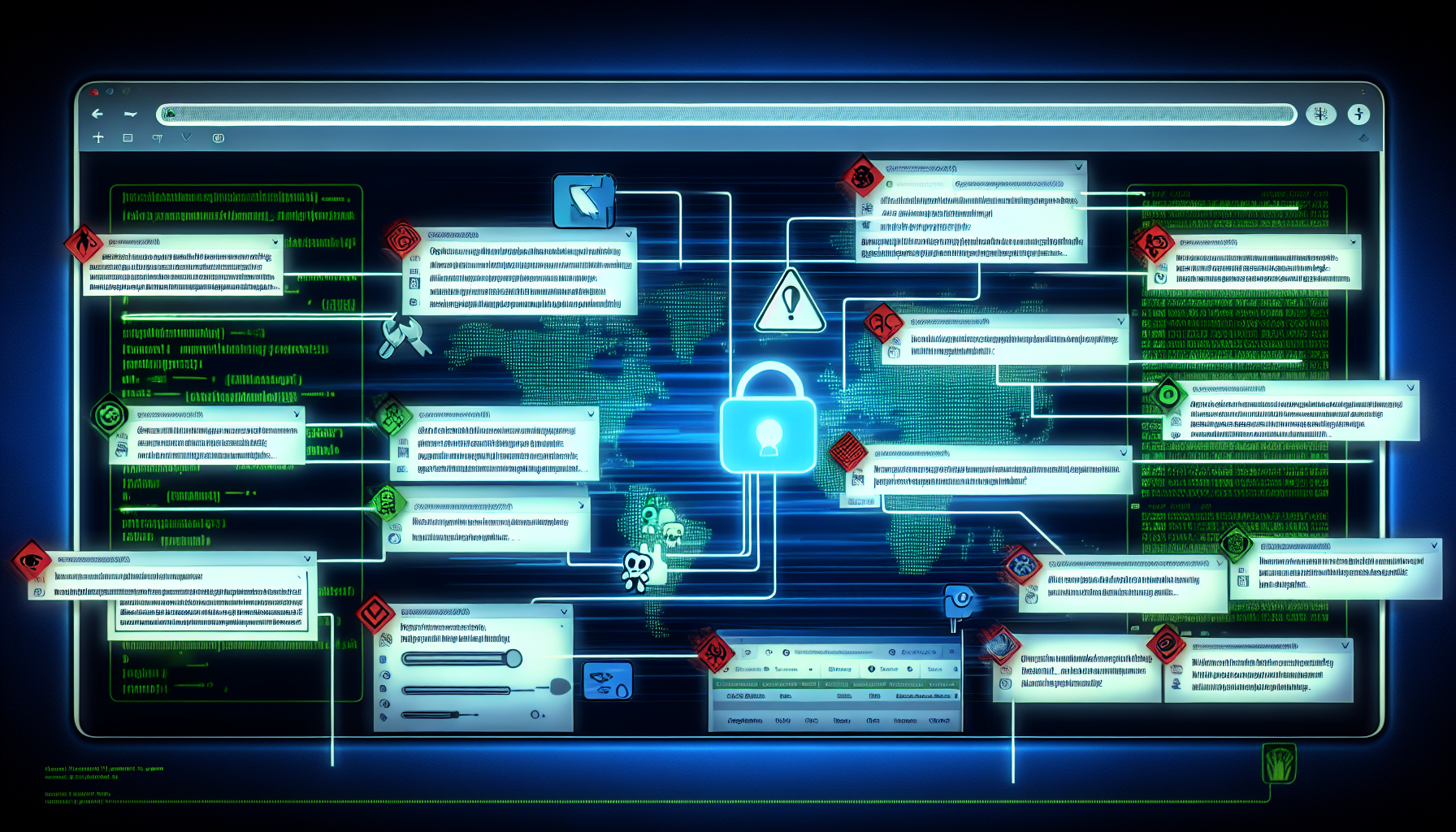Threat Report Overview
The Security Operations Center (SOC) has recently identified a significant threat report published by ThreatManager on June 10, 2025. The report details the exploitation of a Microsoft zero-day vulnerability by the Stealth Falcon actor group.
About Stealth Falcon
Stealth Falcon is an advanced persistent threat (APT) group known for its sophisticated cyber operations. This group has been active for several years and has targeted various industries, including government, finance, and technology sectors. Their tactics, techniques, and procedures (TTPs) are highly evolved, making them a formidable adversary in the cybersecurity landscape.
Report Details
The threat report, titled Stealth Falcon’s Exploit of Microsoft Zero Day Vulnerability – Check Point Research, provides an in-depth analysis of the zero-day exploit used by Stealth Falcon. The vulnerability allows attackers to gain unauthorized access to systems, enabling them to execute malicious code and compromise sensitive information.
Confidence Level and Reliability
The confidence level associated with this report is 100%, indicating that the information provided is highly reliable. The reliability rating of B – Usually reliable further supports the trustworthiness of the data presented in the report.
Key Findings
The report includes 201 connected elements, providing a comprehensive view of the threat landscape and the methods employed by Stealth Falcon. External references to additional information are available at:
- https://research.checkpoint.com/2025/stealth-falcon-zero-day/
- https://otx.alienvault.com/pulse/68488adf789b4d691e7551ab
Mitigation Recommendations
To protect against this threat, the SOC recommends the following measures:
- Update Systems: Ensure that all systems are updated with the latest security patches, particularly for Microsoft products.
- Implement Multi-Factor Authentication (MFA): MFA adds an extra layer of security by requiring additional verification beyond just a password.
-
Network Segmentation: Segment networks to limit lateral movement within the network in case of a breach.
-
Monitor Anomalies: Use advanced threat detection tools to monitor for any unusual activities that may indicate a potential attack.
-
Employee Training: Conduct regular training sessions to educate employees about phishing attempts and other social engineering tactics.
-
Regular Audits: Perform regular security audits and vulnerability assessments to identify and address potential weaknesses in the system.
-
Use Endpoint Protection Solutions: Deploy endpoint protection solutions that can detect and mitigate advanced threats in real-time.
-
Incident Response Plan: Develop and maintain an incident response plan to quickly react to any detected threats.
The SOC will continue to monitor this threat and provide updates as new information becomes available. For more detailed information, please refer to the external references provided above.
Discover more from ESSGroup
Subscribe to get the latest posts sent to your email.





